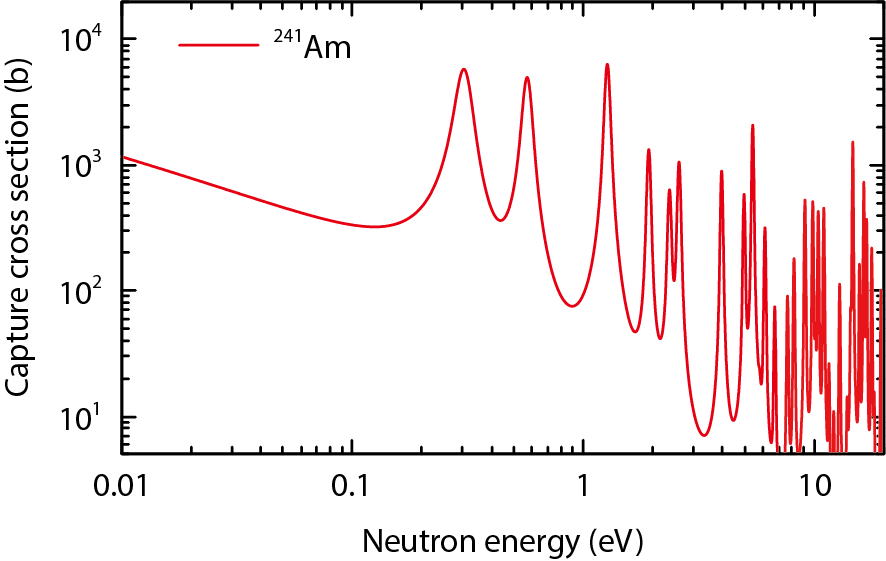
Fig.4-2 Comparison of thermal-neutron-capture cross sections of 241Am

Fig.4-3 Neutron-resonance structure in the capture cross section of 241Am
Minor actinides (MAs) are produced by nuclear reactions of uranium and plutonium in reactors and stored in nuclear spent fuels. It is necessary to properly manage and dispose of MAs in nuclear waste, since most of them have strong radiotoxicities. To reduce these burdens, nuclear-transmutation systems have been investigated. One basic dataset required for their system design is the neutron-capture cross section (NCCS). The NCCS at thermal energy is particularly important for accuracy improvement over the whole energy region since it is used to determine the absolute value of NCCS.
The thermal NCCSs have been measured by time-of-flight (TOF) and activation methods. The TOF method has the merit that NCCSs can be obtained not only at thermal energy, but also over a wide energy region. Nevertheless, a large uncertainty is likely to arise in an analytical procedure. In contrast, the activation method can easily derive an absolute value at a specific energy like the thermal one. Its accuracy is considered to be high.
It is known that the thermal NCCSs of MA nuclides derived by the TOF and activation methods have large discrepancies over their experimental uncertainties. Fig.4-2(a) shows the NCCSs of americium-241 (241Am) at thermal energy measured by the two methods. Resolving such discrepancies is essential for increasing the accuracy of thermal NCCSs.
In this study, we focused upon the relationship between the neutron-resonance structure and the cadmium (Cd)-ratio method. Many MA nuclides have neutron resonances at low energy (Fig.4-3). Analyses of activation experiments have adopted the Cd-ratio method; a Cd filter is used to cut neutrons with energies below 0.5 eV. The thermal NCCS of a sample is derived by eliminating the neutron-resonance component from the difference in the sample irradiations with and without the Cd filter. The previous experimental analyses did not properly take account of neutron resonances below 0.5 eV. Thus, correction methods for these resonance components were developed using the neutron-resonance structure in the nuclear data library.
Fig.4-2(b) shows the results obtained by applying our method to the experimental thermal NCCSs of 241Am. It is found that the contradiction between the thermal NCCSs measured with the two methods is fixed, and that both data are consistent within their uncertainties.
The correction method developed in the present study has high versatility, and thus, it is expected that the accuracy of thermal NCCS will be systematically improved by applying it to all nuclides with low-energy neutron resonances.
The present study includes the result of “Research and Development for accuracy improvement of neutron nuclear data on minor actinides” entrusted to JAEA by the Ministry of Education, Culture, Sports, Science and Technology (MEXT), Japan.
<Previous: 4 Nuclear Science and Engineering Research | Next: 4-2>